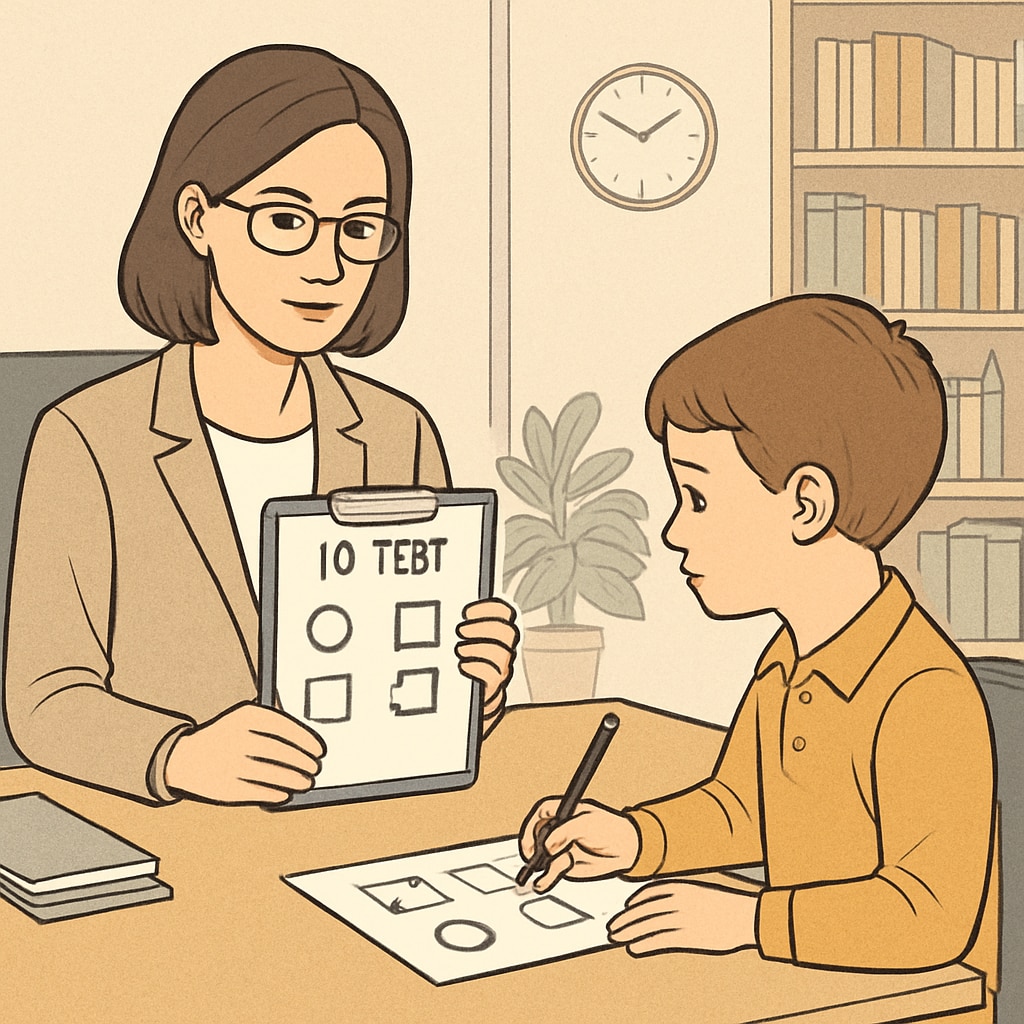Understanding the unique abilities of gifted children often begins with a reliable talent assessment. Tools like CogAT, WISC, and Stanford-Binet play a pivotal role in identifying intellectual potential and other strengths, providing parents and educators with essential insights. However, choosing the right evaluation method requires a clear understanding of their features, advantages, and limitations.

Key Methods for Assessing Children’s Talent
There are several standardized tests available to assess children’s talents and intellectual abilities. Below, we explore three of the most widely used methods:
- Cognitive Abilities Test (CogAT): This test measures reasoning abilities across verbal, quantitative, and non-verbal domains. It is particularly useful for identifying patterns in learning potential and is often administered in schools.
- Wechsler Intelligence Scale for Children (WISC): Designed for ages 6 to 16, WISC evaluates verbal comprehension, perceptual reasoning, working memory, and processing speed. It is widely respected for its detailed insights into a child’s cognitive profile.
- Stanford-Binet Intelligence Scales: A historic yet modern tool that assesses reasoning, knowledge, quantitative skills, and visual-spatial abilities across a wide age range. It is highly regarded for its versatility and depth.
Advantages and Limitations of Assessment Tools
Each testing method offers unique benefits, but they also come with certain constraints:
- CogAT:
- Advantages: Highly practical for group testing, cost-effective, and provides a broad view of cognitive abilities.
- Limitations: Less detailed than individual assessments, with potential bias toward specific learning styles.
- WISC:
- Advantages: Offers a comprehensive analysis of strengths and weaknesses, enabling targeted interventions.
- Limitations: Time-intensive and requires skilled administration, making it less accessible to some families.
- Stanford-Binet:
- Advantages: Applicable for a wide age range and provides nuanced insights into intellectual abilities.
- Limitations: Can be costly and may require more time for administration compared to other tests.

How to Choose the Right Assessment Tool
Selecting the appropriate tool involves considering key factors such as:
- Age: Ensure the test aligns with your child’s developmental stage.
- Purpose: Identify whether the goal is academic placement, enrichment program entry, or understanding strengths and weaknesses.
- Accessibility: Some tests require professional administration, which can influence cost and convenience.
- Depth: Choose based on whether you need a general overview or a detailed cognitive profile.
For example, if the goal is to identify advanced reasoning abilities for school placement, CogAT might be a practical choice. On the other hand, WISC or Stanford-Binet may be more suitable if a detailed evaluation is required for personalized educational planning.
Final Thoughts
Children’s talent assessment tools such as CogAT, WISC, and Stanford-Binet provide valuable insights that can shape educational and developmental strategies. However, understanding their strengths and limitations is crucial for choosing the best fit for your child’s needs. By carefully evaluating these methods, parents and educators can foster a supportive environment for gifted children to thrive.
For more information on intelligence scales, visit Wechsler Intelligence Scale for Children on Wikipedia or Stanford-Binet Intelligence Scales on Britannica.


